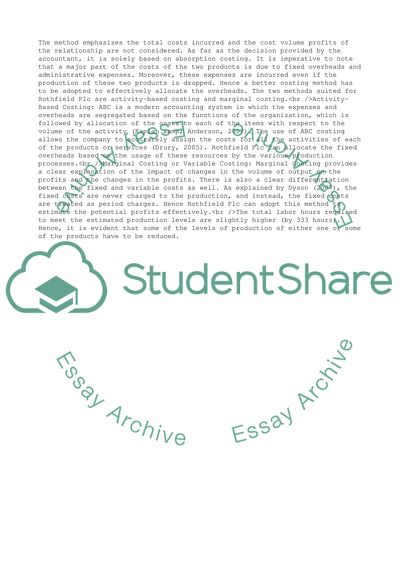Cite this document
(Business for Ascertaining the Cost of a Product Assignment Example | Topics and Well Written Essays - 1750 words - 5, n.d.)
Business for Ascertaining the Cost of a Product Assignment Example | Topics and Well Written Essays - 1750 words - 5. https://studentshare.org/management/1570288-management-accounting
Business for Ascertaining the Cost of a Product Assignment Example | Topics and Well Written Essays - 1750 words - 5. https://studentshare.org/management/1570288-management-accounting
(Business for Ascertaining the Cost of a Product Assignment Example | Topics and Well Written Essays - 1750 Words - 5)
Business for Ascertaining the Cost of a Product Assignment Example | Topics and Well Written Essays - 1750 Words - 5. https://studentshare.org/management/1570288-management-accounting.
Business for Ascertaining the Cost of a Product Assignment Example | Topics and Well Written Essays - 1750 Words - 5. https://studentshare.org/management/1570288-management-accounting.
“Business for Ascertaining the Cost of a Product Assignment Example | Topics and Well Written Essays - 1750 Words - 5”. https://studentshare.org/management/1570288-management-accounting.


